
Impairment of corneal sensory innervation causes reduction of both protective reflexes and trophic neuromodulators that are essential for the vitality, metabolism, and wound healing of the ocular surface.

Impairment of corneal sensory innervation causes reduction of both protective reflexes and trophic neuromodulators that are essential for the vitality, metabolism, and wound healing of the ocular surface.
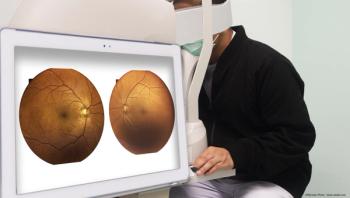
Teleretinal screening programs prove a cost-effective option in preventing blindness related to diabetic retinopathy.

Imaging study revealed specific retinal and choroidal changes associated with Parkinson's disease.

Corneal collagen crosslinking was found to stabilise the cornea, and in some cases improve vision and keratometry values, in children and young adults.

Benefits include better visualisation of ciliary processes and avoidance of tissue damage.

Polygenic risk score allows multiple variants to be tested simultaneously.

Surgical options facilitate increased durability for patients with retinal degeneration.

In a poster presented at the American Academy of Ophthalmology 2021 annual meeting in New Orleans, Dr Mark Wieland noted that the port delivery system with ranibizumab provides drug delivery over an extended period.
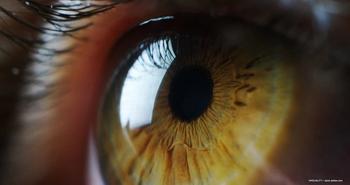
During a presentation at the American Academy of Ophthalmology 2021 annual meeting in New Orleans, Dr Veeral Sheth presented research that found faricimab, a bispecific monoclonal antibody, provided sustained retinal stability in patients with diabetic macular oedema (DMO) compared with other retinal treatments.

Speaking at the American Academy of Ophthalmology 2021 annual meeting in New Orleans, Dr Ines Lains explained that the mechanisms of AMD progression currently remain poorly understood and the tools to predict and halt progression are limited.
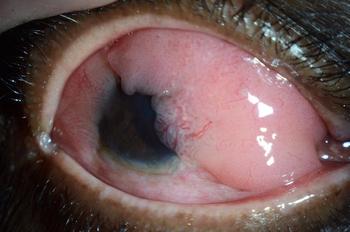
In a presentation at the American Academy of Ophthalmology’s 2021 annual meeting in New Orleans, Nathan Hall pointed out that an epidemiologic analysis of malignant ocular surface tumours found significant differences in geographic prevalence rates in the United States.

During a presentation at the American Academy of Ophthalmology 2021 annual meeting, Dr Denise Freitas reported that the ocular findings in infants with congenital Zika virus syndrome were similar among the affected infants and occurred frequently. The most prevalent of the findings was optic nerve pallor.
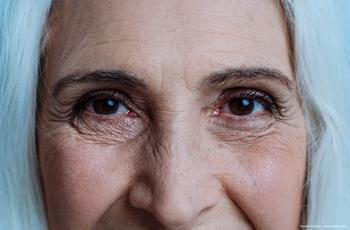
Dr Felipe Medeiros in a presentation at the American Academy of Ophthalmology 2021 annual meeting in New Orleans, noted that a phase 3 clinical extension study of the bimatoprost implant found that patients’ IOP was lowered and stayed low with no additional treatment or changes in their visual fields.

Dr Roger A. Goldberg, speaking at the American Academy of Ophthalmology 2021 annual meeting in New Orleans, noted that small misalignments in the plunger can lead to possible overdosing.
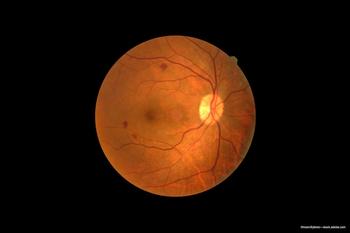
During the American Academy of Ophthalmology 2021 annual meeting in New Orleans, Dr Dilsher Dhoot reported the results of the KESTREL and KITE in which brolucizumab was compared with aflibercept for treating diabetic macular oedema.

Dr Shady Awwad in a presentation at the American Academy of Ophthalmology’s 2021 annual meeting in New Orleans, pointed out that the application of mitomycin C after corneal crosslinking does not prevent development of corneal haze after the procedure and instead contributes to development of more corneal haze.

Intra-arterial tPA treatment could provide benefits for patients with central retinal artery occlusion.

Ophthalmologists’ close proximity to patients put them at higher risk of contracting the virus.

A team of investigators from the University of Michigan may have unlocked a potential new recipe for counteracting the impact that COVID-19 has on patients with underlying disease processes such as type 2 diabetes.
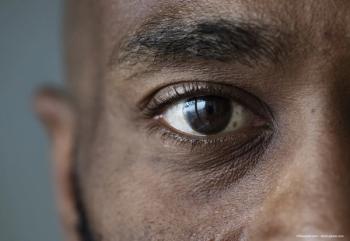
The POAAGG study in African Americans gives insights into the effect of glaucoma on this population and provides data that could lead to gene therapies.

The investigators reported the following most prominent cognitive deficits: processing speed, executive functioning, and phonemic fluency among others.

Home testing technology is proving to be a key advancement in monitoring and screening glaucoma patients.
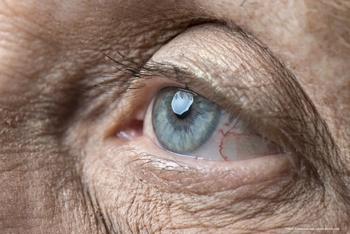
At ASRS 2021, Dr David Boyer reported that pegcetacoplan used to treat geographic atrophy and administered in monthly or every-other-month regimens was well tolerated in patients in the phase 3 DERBY and OAKS studies.

Dr Arshad Khanani reported at ASRS 2021 that the Port Delivery System with ranibizumab, an investigational product that continuously delivers ranibizumab intravitreally, achieved results similar to those in patients treated with monthly ranibizumab injections for nAMD.
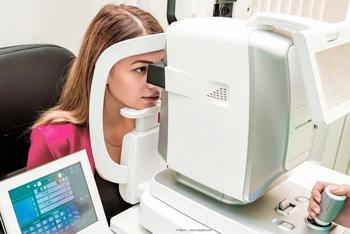
At ASRS 2021 in San Antonio, TX, Dr Richard B. Rosen reported that clinical optical coherence tomography (OCT) can image and measure macular surface macrophage cells.

During the ASRS Annual Scientific Meeting, Dr Sunir Garg reported that the risk of presumed infectious endophthalmitis following administration of anti-VEGF injections does not increase and universal masking may actually decrease the risk of culture-positive endophthalmitis.

At the ASRS 39th Annual Scientific Meeting, Dr Yoshihiro Yonekawa reported that the prevalence of endophthalmitis following MIGS is similar to the prevalence rates of endophthalmitis after other incisional glaucoma surgeries.
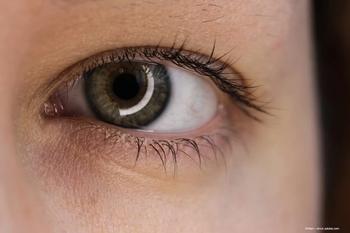
Dr Rishi Singh reports on the pooled data from the VISTA and VIVID clinical trials on the use of intravitreal aflibercept injections (IAI) to treat diabetic macular oedema at the ASRS 39th Annual Scientific Meeting.

At the ASRS 39th Annual Scientific Meeting, Dr W. Lloyd Clark discusses retinal nonperfusion and leakage areas when managing patients with nonproliferative diabetic retinopathy in context of the results of the PANORAMA study.
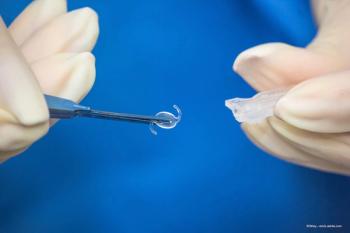
There is no significant difference between IOL replacement and rescue in terms of postoperative visual and surgical outcomes for eyes undergoing secondary IOL scleral fixation.